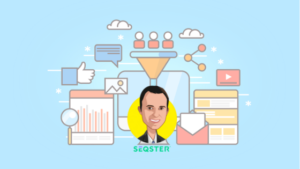
How many doctors have you visited in your lifetime, let alone in the last 5-10 years? Like most Americans, you probably go to different doctors, depending on your health needs and where your career or family situation takes you.
When you’re younger, your parents would have taken you to a pediatrician. If you’re a woman, you’ve most likely been to an ob-gyn. Depending on your age and health, you’ve probably been to several family physicians, dermatologists, cardiologists, neurologists, ophthalmologists, or more depending on what your individual health needs are.
Each physician you visit gathers your health information and records your treatment process. That means your medical records are in various health facilities scattered all over the city and even across states if you’ve moved several times.
But do you have a copy of your medical records and treatments? I know I don’t and that bugs me. When the time comes that you are faced with a potentially life-threatening situation, do you know enough of your medical history to be able to give accurate details to the physician-in-charge?
How easy and convenient would it be if you could just access all your information from the various healthcare providers and aggregate them all efficiently? Next time you are in need of healthcare treatment, would you like to have all the correct information the doctor needs right at your fingertips? I know I’m not alone is in answering a resounding, yes!
Why is Interoperability such a challenge?
You would think that with the proliferation of the Internet and the ease and convenience of how we can access data, that Interoperability in healthcare is something that would be an easy fix. Unfortunately, that’s not the case in healthcare, especially for consumers. This is still an issue we face.
Ardy Arianpour, CEO & Co-Founder of Seqster, thinks Interoperability is a hot topic that needs to be on the health leaders’ agenda. He said, “That is the biggest challenge. That challenge is known as the $30 billion-plus problem called INTEROPERABILITY. It’s front and center.”
Why is Interoperability important for healthcare consumers?
The truth is, there’s better health information exchange between hospitals and doctors these days. Some hospitals are now requiring patients to fill out forms on tablets, recording the patient information directly into an electronic system.
But if we are to look at interoperability closely, this concept is receiving less attention and focus than it deserves. Physicians and providers gather health information and are not sharing it with providers outside of their organization. On the occasion it is shared, the information is not as extensive as it should be.
When this happens, the patient suffers the consequence. When providers don’t have enough information they need at the point of care, they will need more time gathering the information, taking additional and unnecessary tests, and increasing costs to the system and stress to the consumer. This should not be the way, and for Ardy and team, they’ve decided that enough is enough.
Several companies have tried to take the initiative to solve the problem, but so far, only one has been able to successfully integrate data from a wide range of sources to a patient’s fingertips, and this company is Seqster.
According to Ardy, Seqster is “ a person-centric interoperability platform that puts the person at the center of their healthcare, disrupting all their episodic E.H.R., baseline genetic and continuous monitoring data that empowers you to collect, own and share your data on your terms.”
In other words, he and his company were able to bring different scripts, exams, diagnoses, etc. from various hospitals all over the country and aggregate it them in one place. He and his highly sophisticated engineering team ” standardized and harmonized all the Epic, Cerner, Allscripts, McKesson, Practice fusionFusion, Athenahealth, and NextGen data all on the back end as well as the DNA data and various different continuous monitoring the wearable data.” The example used to describe the technology is likening it to Intuit’s financial software Mint that aggregates a consumer’s financial accounts data into one dashboard to determine their net wealth. It is really that simple and easy to use.
The best thing? You are in control of your own medical data, and you get to share your data on your own terms.
Ardy shared one of Seqster’s proudest moments when Dr. Eric Topol tried the platform and tweeted about it the next day. Dr. Topol tweeted, “1st time I’ve been able to get my medical data from 1985 -> present
4 health systems @ScrippsHealth @UCSDHealth @ClevelandClinic @umichmedicine + @23andMe + @fitbit +@MyFitnessPal with labs from diff’t systems all connected @seqster (trying it <24 hrs)
step in the right direction
” (click here to see the tweet and screenshot)
Aside from the many accolades Ardy and Seqster have received, most recently, they were awarded the Top 40 Healthcare Transformer Award in 2019. This prestigious award is given to innovators that are finding unique ways to solve some of healthcare’s greatest problems. Check out the article of this award here.
It’s exciting for a company like Seqster to pave the way in producing a powerful platform that breaks down silos and creates positive change for consumers in healthcare.
What I like about Ardy and Seqster is they are empowering the person, the patient, to really take charge of the health data, and to use the information to create a customized healthcare plan. It allows health data to be accessed by everyone, anywhere.
Have you heard of Seqster? If not, check them out here. Share what you think about it with me in the comments below.
According to the 2020 Centers for Disease Control and Prevention report, roughly 34.2 million Americans have diabetes,...
Read MoreAs a farmer, Rod was used to long days. He worked 18 hours a day, 7 days...
Read MoreWith investors receiving hundreds of pitch decks every year, how do you create a compelling presentation that...
Read More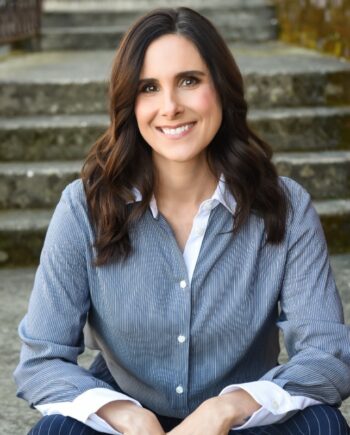
Brittany Busse Co-Founder, President, and Chief Medical Officer at
ViTelHealth
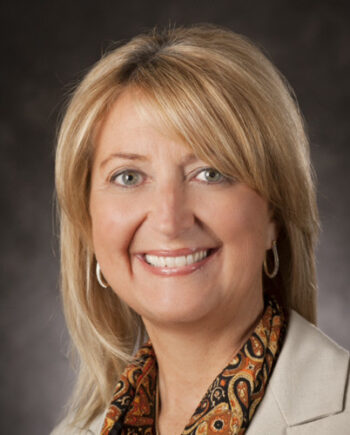
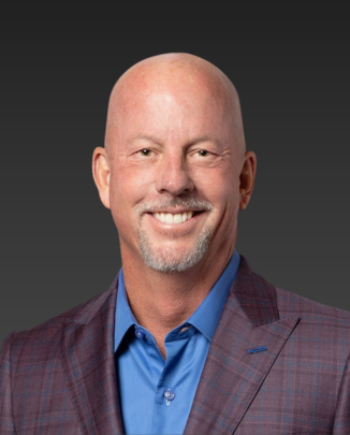
Stephen Thorne Founder and CEO at
Pacific Dental Services
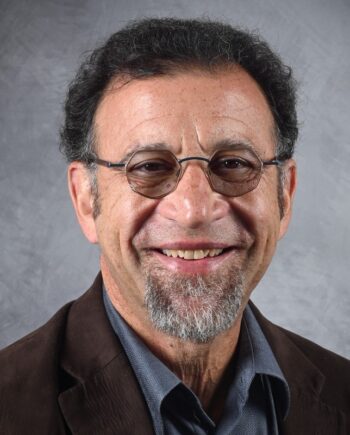
Keith Carlson Nurse Career Coach